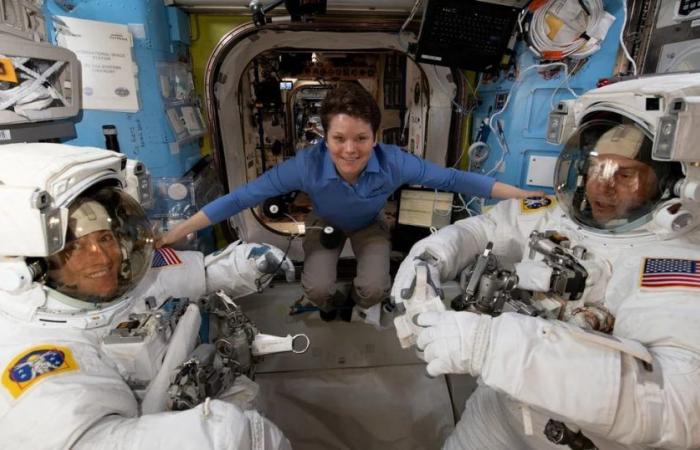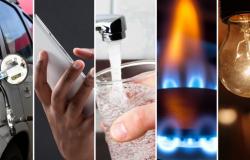NASA, known worldwide for its space missions and advances in the exploration of the cosmos, has developed an impressive diversity of technologies that have transformed multiple aspects of daily life.
Although NASA is popularly associated with the iconic rockets and satellites that they send into space, the agency has dedicated an effort to research and development in fields ranging from medicine to industry.
Many of these inventions arise as solutions to specific problems in space, where extreme conditions require top-level technological innovations. Eventually, these innovations find practical applications on Earth, improving the quality of life and creating new opportunities.
Next, We present five technological inventions from NASA that you probably didn’t know aboutand which have had a significant impact outside the space realm.
Originally created to detect energy leaks in spacecraft structures, infrared thermography has found applications in various fields. In medicine, it is used in thermal imaging cameras to detect abnormalities in the human body, such as tumors, inflammation or circulatory problems.
In the industrial field, it helps identify hot spots in electrical equipment, avoiding costly shutdowns and potential dangers. It is also used in agriculture to monitor the health status of crops.
The space expert developed advanced water filtration technologies to convert astronauts’ urine, sweat and other sources of moisture into drinking water.
These filters have been adapted for use in areas with a lack of access to clean water. Humanitarian and disaster relief organizations use these technologies to provide safe drinking water in emergency situations, significantly contributing to public health around the world.
Popularly known as “Memory Foam” or viscoelastic foam, this foam was created by NASA in the 1960s to improve safety in aircraft seats.
Its main characteristic is the ability to deform and recover its original shapewhich provides optimal support by evenly distributing weight and reducing pressure points.
Currently, this technology has been adapted to various scenarios and is used in mattresses, cushions and orthopedic products, providing comfort and improving sleep quality to millions of people.
Although wireless headphones have become popular recently, their technology has its roots in NASA. During the Apollo missions, an efficient and secure way was needed for astronauts to communicate without wires that could get tangled.
The solution was the development of wireless communication systems. At this time, this technology has expanded to the entertainment and sports industry, being essential for professionals and amateurs who seek mobility and comfort at all times.
The development of assisted breathing systems was crucial for space missions, where astronauts face inhospitable environments and respiratory risks.
This technology has been adapted for use in the medical setting, particularly in intensive care units and during surgeries. Modern mechanical ventilators, essential during the COVID-19 pandemic to save lives, rely heavily on these innovative NASA developments.
Likewise, these inventions are just a sample of how NASA’s technological research and development transcends its original applications, influencing diverse areas such as health, safety, entertainment and energy efficiency.
Likewise, their contributions continue to reflect the positive impact that space exploration can have on improving life on Earth.
Every day, new technologies emerge from the space agency, expanding the horizon of possibilities and demonstrating that the space race also contributes to the continuous improvement of human life on planet Earth.






